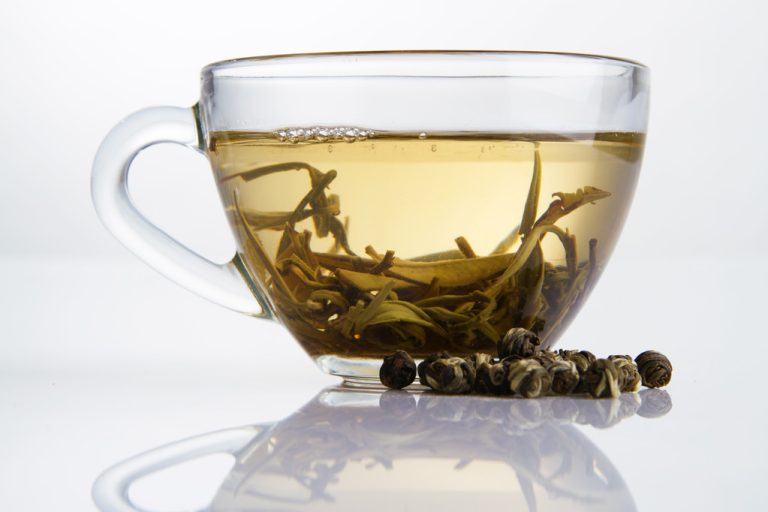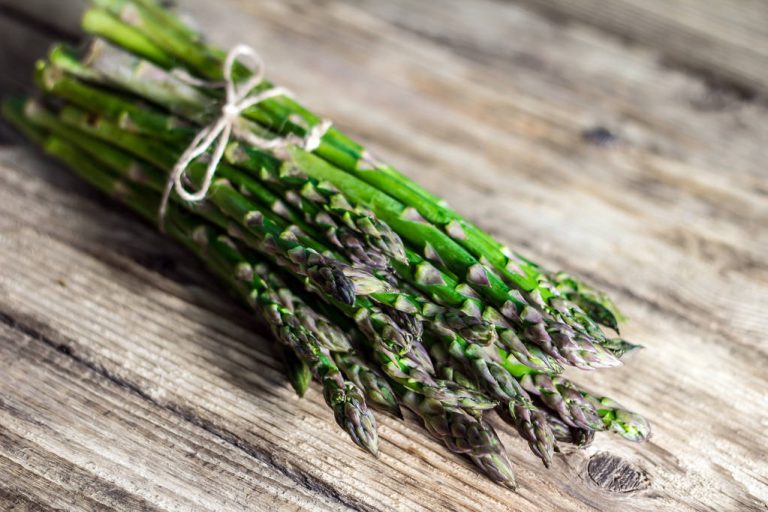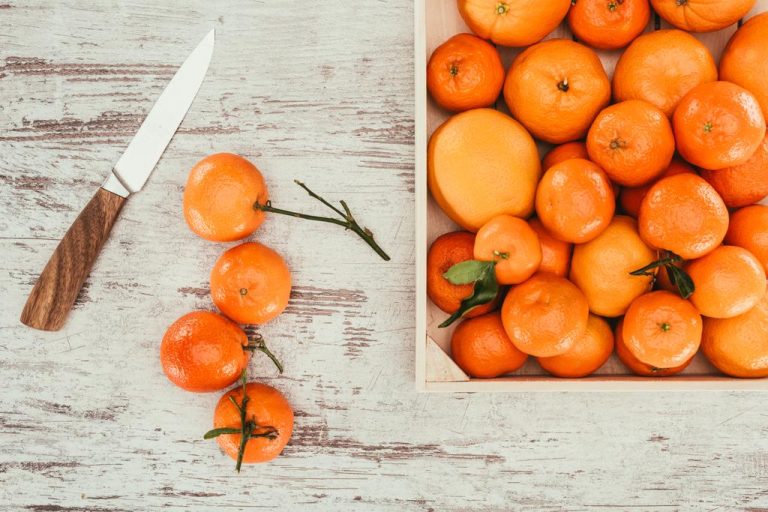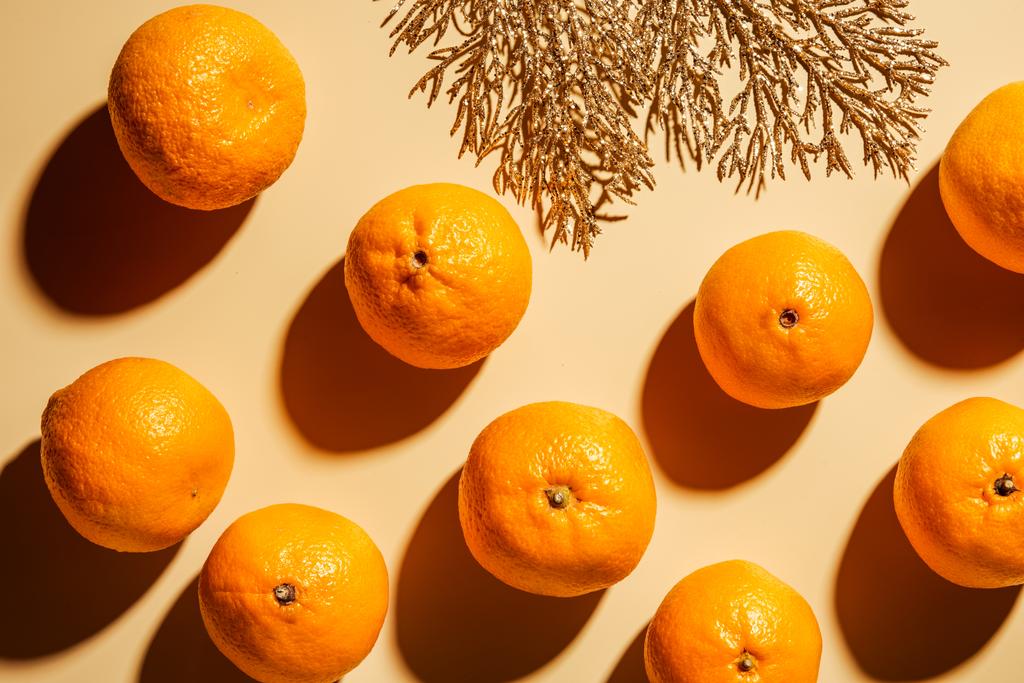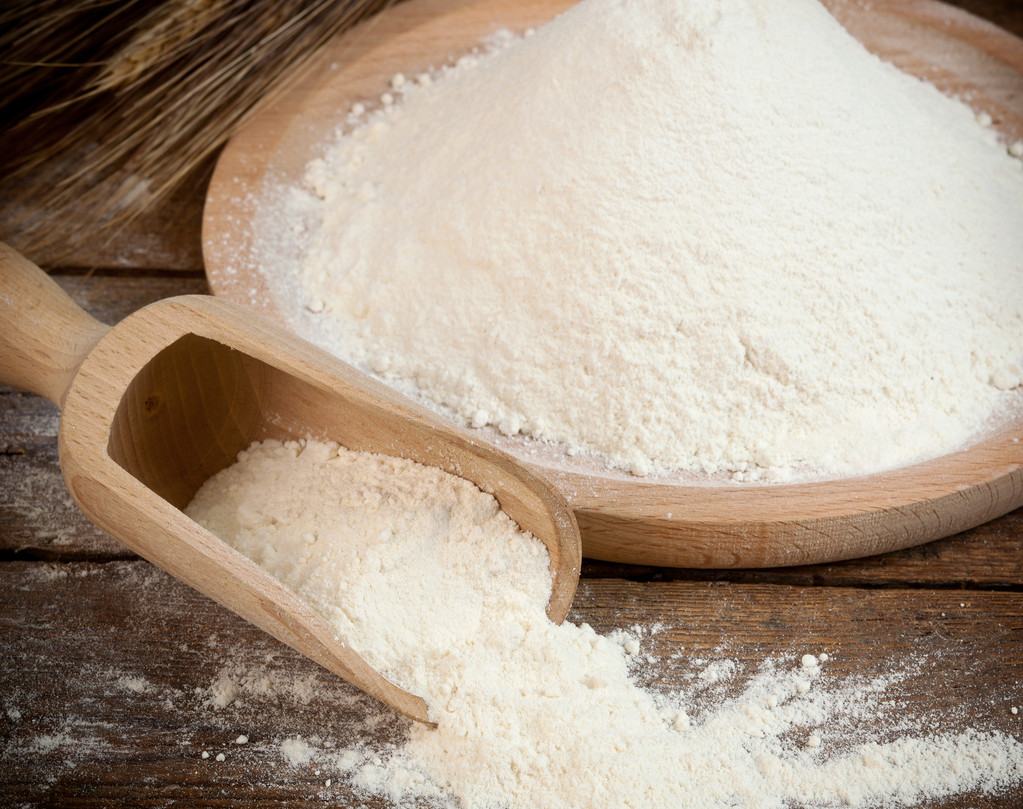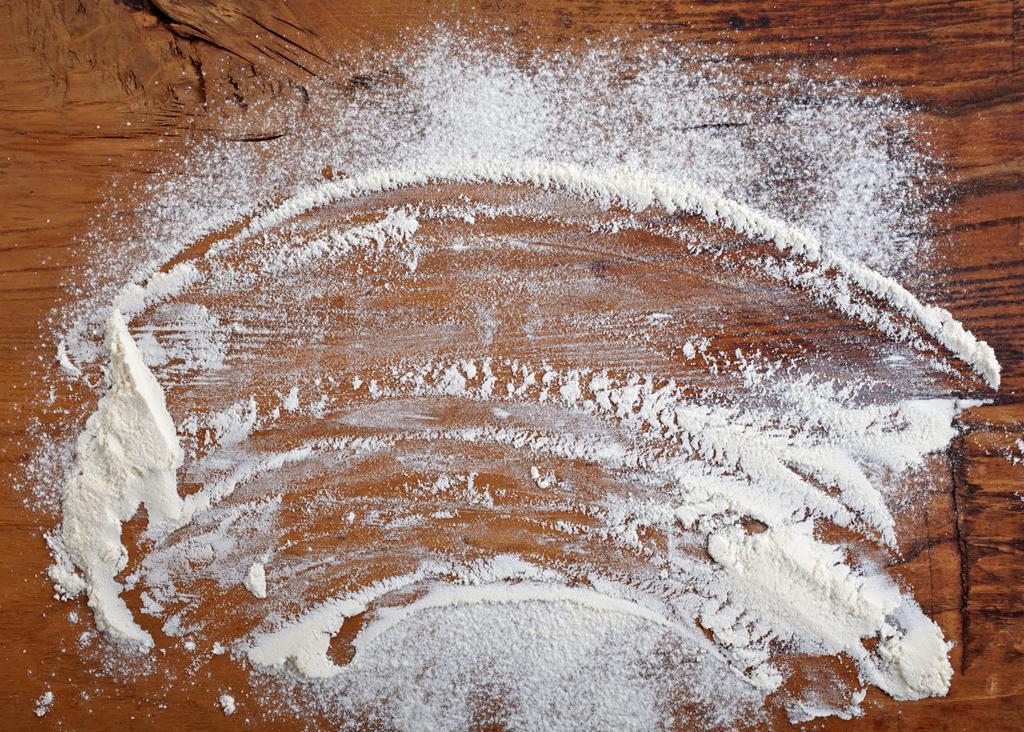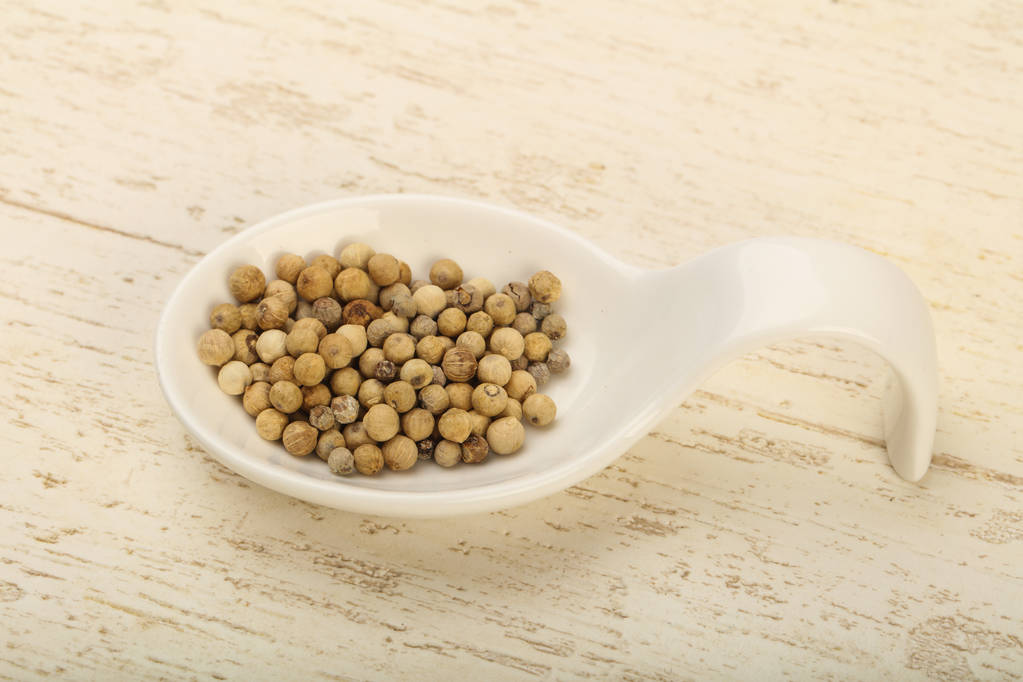White tea makes us healthy: This rare and extremely tasty type of tea contains numerous valuable ingredients that are good for our health. Whether for combating free radicals, burning fat or as a means of preventing cancer – white tea is a herb that has grown to combat a wide range of ailments. We will introduce you to the miracle tea and tell you what makes it so special.

White tea: That’s what makes it so healthy
White tea is considered a real “magic drink” due to its countless health benefits. Teekenner.de points out that white tea is one of the oldest remedies in traditional Chinese medicine. Since white tea, unlike teas such as black tea or oolong, was not fermented and only went through a short processing time, most of the healthy ingredients are still included.
On the one hand, the polyphenols contained in the tea have an antioxidant effect and thus protect against free radicals. Kobu-Teeversand says that some experts assume that a glass of white tea has the same polyphenol content as twelve glasses of orange juice – so it is extremely healthy. In addition, the catechins contained in white tea are also popular in the field of cancer prevention due to their antioxidant effect. Even those who want to lose weight can lose weight by regularly taking white tea. Studies show that under the influence of the active ingredients in white tea, human cells accumulate fat less and also lose it more quickly. The polyphenols contained are probably also responsible for this. Other health benefits of white tea include:
good for the heart and preventive against cardiovascular disease
antiviral, antibacterial and antifungal effects
preventive against signs of aging of the skin and tissue
anti-inflammatory
helps with menopausal symptoms
Production and characteristics of white tea
It is important to note that all major tea varieties come from one and the same plant – Camellia Sinensis
A special feature of white tea, which characterizes it as probably the highest quality tea, is its naturalness. This means that it is processed very little and is allowed to dry naturally in the sun. Since white tea is generally only allowed to oxidize for a very short time, the production time is limited and the finished tea is often produced after just one day – other types of tea go through a much longer production process.
The degree of fermentation or oxidation is also important. White tea is characterized by a particularly low degree of oxidation, which makes it taste so mild.
White or Green Tea: What’s the Difference?
White tea is not easily compared to green tea, as both are very different in several aspects, but are similar in others. This starts with the production of the respective tea type: while white tea goes through a relatively short production process and only wilts for a short time, green tea is steamed or roasted after harvesting, according to Verbraucherfenster Hessen. Both varieties are unfermented teas.
However, the difference in taste is immense: while white tea tastes extremely mild and sweet, green tea has a rather bitter taste. The types of tea can also be distinguished visually, as explained by the scientific information service for tea at the Technical University (TU) Braunschweig: the lighter the type of tea, the lighter the leaf material.
When it comes to distinguishing between the two types of tea based on their ingredients, it is often difficult to make a clear distinction. Both white and green tea contain similarly large amounts of polyphenols and flavonoids. The healthy catechins are also contained to a similar extent, albeit in a slightly higher proportion in white tea. However, it is noticeable that white tea generally contains more caffeine than green tea. A study by Dr. re. of course Yumen Hilal at the TU Braunschweig. Teekenner.de locates the caffeine content of a high-quality tea at five to six percent of the dry matter. In comparison, coffee contains only one to three percent caffeine based on dry matter. In contrast to coffee, the caffeine in white tea is not as strong and has a longer-lasting effect.
White Tea: These varieties are the best
The silver needle tea, also known as Bai Hao Yin Zhen, is probably the best type of white tea. This special tea comes from the “silver needle” tea variety of the same name and is grown in the southeast Chinese province of Fujian. The special feature: only the youngest, unopened leaf buds are used for this excellent white tea. Due to the very low level of oxidation, the silver needle tea tastes lovely and looks very light and subtly golden when poured. The taste is described as fresh with a sweet aftertaste.
What also makes it so special is the very low degree of oxidation of up to a maximum of two percent, which gives it its extreme mildness and sweetness. Because: The higher the degree of oxidation, the more the quality of the white tea decreases. Since only the most tender tea buds are harvested for silver needle tea*, the pickers have to be more careful not to damage the leaves than with other types of tea. Therefore, the use of picking machines is taboo here, which could never reach the level of care of picking by hand. For this reason, if you value a particularly high quality of white tea, you should make sure that the tea is hand-picked instead of using picking machines. Because if the buds are damaged, the tea already begins to oxidize – and the excellent mildness of the tea is endangered.
The tea variety Pai Mu Tan is also considered a particularly high-quality variant of white tea. This is characterized by a large proportion of coarse green leaves and a large number of white buds and is considered one of the most expensive types of white tea in the world. In terms of taste, the Pai Mu Tan* is described as mild but nutty, with a subtle cocoa note. Only the freshly opened leaf buds are suitable for this special white tea, the unopened ones are reserved for the silver needle tea. Another good, but by far not as excellent type of tea as the silver needle tea is the Shou Mei, which in terms of quality also has to rank behind the Pai Mu Tan. The Shou Mei is harvested after the Pai Mu Tan, which is why slightly older leaves are used for its production. This makes the Shou Mei less mild in taste, but still aromatic and fresh.
White tea: healthy but expensive? – Saving tip
White tea should actually be our daily companion due to its numerous health benefits and is an ideal substitute for one or the other coffee due to its gently invigorating effect – but unfortunately high-quality white tea is quite expensive!
One reason is that really high-quality white tea is only grown in one region, and that’s in the Fujian province of southeast China. Between 2010 and 2019 there are signs of a sharp jump in prices and tea prices are now more than twice as high as they were a few years ago. One of the reasons for this is that the demand for white tea from the Fujian region has increased immensely. White tea is scarce anyway: it can only be picked a few days a year and the areas under cultivation are limited. The weather must also be right to ensure a rich harvest. This is also extremely high, since each individual bud has to be carefully harvested by hand, which means that a comparatively large amount of working time goes into the harvest of the white tea.
So here’s our tip for getting as much expensive white tea as possible: Pour the tea several times. White tea is perfect for multiple infusions, as are green tea and oolong tea. When infusing, make sure that the water is no more than 70 to 80 °C hot, as water that is too hot is harmful to the healthy ingredients and the excellent taste of the white tea. With each new infusion, the taste of the tea develops, but it doesn’t get any worse! In principle, however, high-quality white tea is advisable, as it can be infused several times without any loss of quality.
Conclusion: White tea – the healthiest tea in the world
White tea can rightly be called the healthiest tea in the world: Due to its countless benefits for our health, it should actually be consumed every day. Thanks to its naturalness and the very short processing time, there are many healthy ingredients in the tea that have a preventive and alleviating effect on many physical ailments and diseases.
When buying, you should make sure that the white tea is of high quality. The best of all white teas is Silver Needle Tea, followed by Pai Mu Tan and Shou Mei.
Since high-quality white tea is rare and therefore expensive, you can save with this tip: Pour the tea several times, this does not damage the taste, it even develops further.








